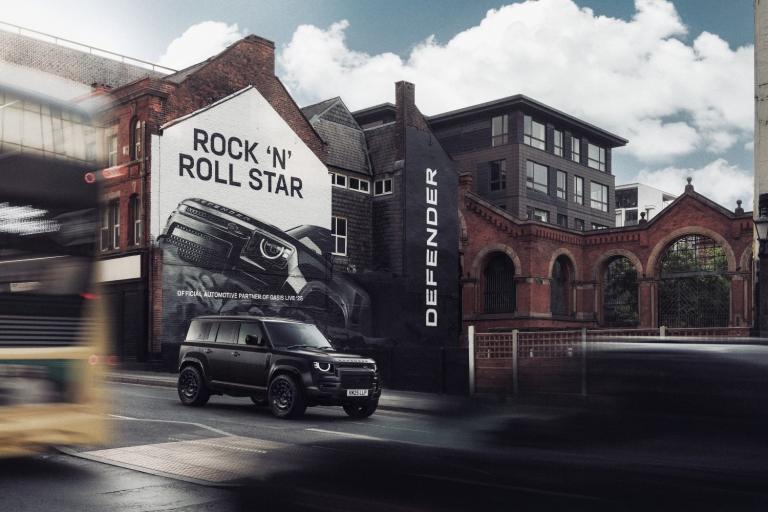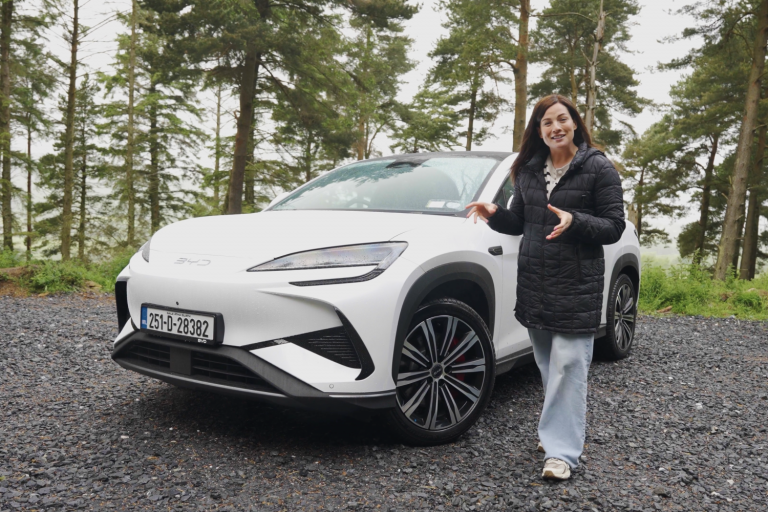Toyota C-HR | Video Review | CarsIreland.ie
Published on 24 May, 2017
Wait, is that really a Toyota?
Overview
Overview
Wait, is this really a Toyota? With its edgy lines and massive wheel arches, the C-HR looks more like a concept car that Toyota accidentally let slip on to the production belt than what you’d expect as their rival to the likes of the Nissan Qashqai.
It doesn’t just look different either – it also offers something different in how it's powered. Like the majority of the Toyota range these days, the C-HR will be available as a Hybrid, making it a cleaner, greener choice than its mainly diesel powered rivals.
Inside the C-HR is just as eye-catching as the outside – and it’s got a really impressive finish. An illuminated blue line runs over the dash and onto the door trims giving it a really modern feel. It’s certainly the plushest cabin Toyota have produced to date.
There's enough space inside to seat five although the back seat ambience is let down slightly by some narrow rear windows which don't let much light in. The boot is middle off the road for the class at 377 litres and doesn't do anything particularly clever - there's no false floor like in some rivals for example, but it can be extended by dropping the back row which splits 60:40.
The C-HR is incredibly well-equipped from the ground up. Standard features on the entry level Luna model include the Touch 2 multimedia system complete with reversing camera, dual-zone climate control, rain-sensing window wipers and Toyota’s Safety Sense technology, which includes a pre-collision warning system and adaptive cruise control.
Mid-spec Luna Sport will make up the majority of sales here and adds 18 inch alloy wheels, heated seats, privacy glass, and a very striking bi-tone roof. Top of the range Sol models will come with all of the above plus SatNav, Intelligent Park Assist, and a part-leather interior.
The safety-conscious family market will be glad to learn it scored the maximum five star rating on the NCAP crash test.
There will be two models available here. The Hybrid model uses the same system as the Prius – a 1.8l petrol engine combined with an electric motor. It will run off this motor at lower speeds and around town, before the petrol power kicks in at higher speeds and on the motorway.
Designed to save fuel on stop/start city driving and those shorter A to B trips – it has an impressive potential fuel economy of up to 3.8l per 100km, or about 74 MPG. It also emits just 86g of CO2/Km giving it an annual motor tax bill of just €180.
There will be no diesel option, and the only alternative to the Hybrid will be a turbo-charged 1.2l petrol with 116hp. Claimed fuel economy for this one is 5.9l/100Km or 48mpg and it will cost €280 a year to tax.
Despite what you would think might be a slightly divisive design, the C-HR is off to a flying start here, with massive interest from the start and impressive initial sales figures to match. It seems as well as appealing to their traditional buyers, Toyota have attracted a new, younger audience with their daring efforts.
Anyone still wary of Hybrid reliability should note that having already been used in the Prius, the structure is one of the most well-tested on the market, and a five year warranty applies to all Hybrid components.
Trust in the Toyota badge on the whole is strong and so they can also boast some of the strongest resale values around.
Facts & Figures
Car Tested:
1.8 Hybrid (CVT)Car Tested Price:
€32,950Starting Price
€26,895Fuel Economy
3.8l/100km0 -100 Kms
11sPower
140PSEmissions
86 g/kmTax
€180Seats
5Isofix
2 pointsBootspace
377lNCAP safety rating
5/5Latest Reviews

Rock n Roll Star - Defender partners with Oasis Live

GEV Technologies Powers Smarter EV Charging for Fleets and Businesses

BYD Sealion 7 Video Review